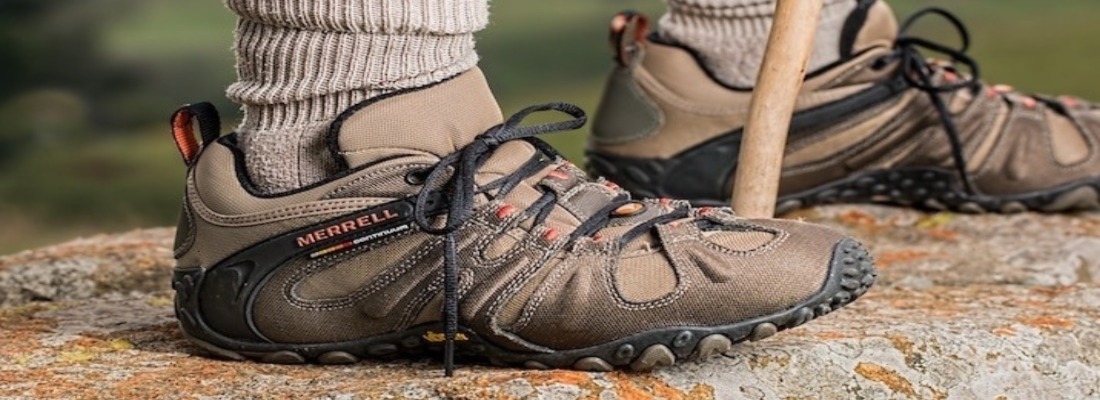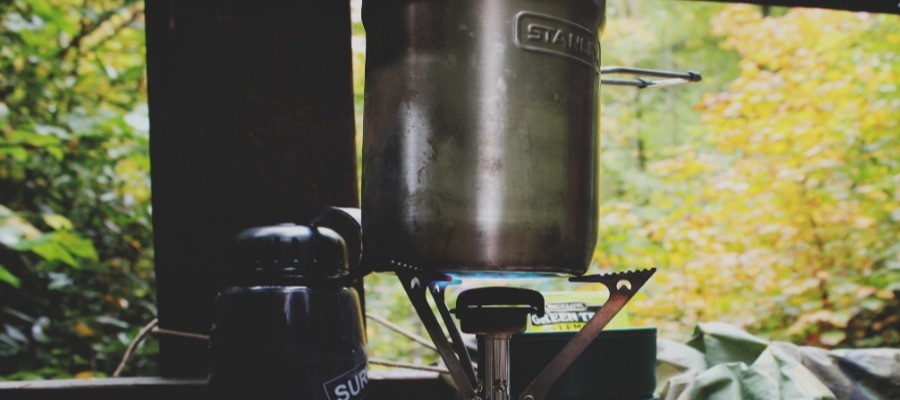I enjoy hiking in the countryside in the summer more than anything else in life. The problem with hiking in the summer is chafing. It occurs mainly when I’m on a strenuous hike in the summer when its hot and I’m sweating profusely, and something starts to rub, causing a painful patch. If you don’t stop and sort it out from the moment you first feel it, it only gets worse.
This begs the question, how do you prevent chafing while hiking in the countryside this summer.
What is Chafing?
Chafing is a frequent skin condition brought about by a mix of friction, wetness, and irritated skin that is being rubbed by your clothes for a long time. Chafing causes stings or burns and a slight red rash. In extreme situations, you can experience swelling, bleeding, or crusting.
If you go hiking, you have undoubtedly experienced this before, and you know how terrible it is. As a result, you may want to do everything you can to avoid it because if you learn how to stop chafing, you can either prevent it or, at the very least, lessen its effects. This tutorial will look at everything you need to know about chafing, from its causes to how to prevent it while hiking.
Chafing can occur anywhere your clothing or equipment may contact your skin. However, it occurs most frequently in the armpits, behind a backpack and bra straps, the feet, nipples, and, most importantly, the inner thighs.
Factors Associated with Chafing
- Overweight factors – Your thighs are a strong target for chafing due to repeated friction and moisture buildup between your legs when we walk. Much as this can happen to anybody, for an overweight person its severe
- Sensitive skin -Some people’s skin is naturally more sensitive than others. Chafing is a common occurrence for these hikers when their garments and skin keep rubbing together repeatedly. Chafing affects everyone, but persons with sensitive skin are more vulnerable
- Humidity and high temperatures – When hiking in areas with high humidity and temperatures, you tend to be more sweaty, resulting in Chafing
- Improperly fitted backpacks – When hiking, ensure that your backpack and gear fit properly to avoid chafing. Chafing occurs when your backpack is not correctly adjusted
- Tight clothing – One hack to avoid chafing is to wear not-so-tight clothing. When you wear tight clothing, you become more susceptible to chafing
- Carrying an abnormally large load – When going for a hike, people tend to take everything they feel they might need during the entire hike experience. For this reason, some carry abnormally large loads, which ends up causing chafing. It is recommended to take few things while hiking
- Moisture, non-breathable gear, and sweat – These variables can cause chafing by causing excessive friction between the skin and the clothing or between the skin and the skin.
How to Prevent Chafing Whilst Hiking
Chafing is a relatively common problem. Although it may appear to be a small condition, those who have dealt with it know how painful and inconvenient it can be. It is also something that is easier to avoid than to treat. As a result, the most straightforward strategy is to avoid discomfort when hiking to prevent it. Let’s dive in and look at some techniques for preventing chafing when hiking.
- Pre-Treat Sensitive Areas – You can always address typical chafing locations before you travel. To do so, you can use lubricant, lotion, ointments, powder, or vaseline. That can be accomplished in various ways, from slathering on a lubricant to powdering your skin to make it drier. Carry some when hiking so you can reapply if you come across a hot region. That is an effective method for preventing chafing on any part of the body. Lubricants can aid in the reduction of skin friction.
- Stay Hydrated – Drinking enough water can reduce sweat salt content. Sweat contains salt that can aggravate the sting and cause more rubbing. Make sure you drink enough water and do not overdo it to avoid water intoxication caused by electrolyte imbalances in the body due to edema and hyponatremia. Staying hydrated is one of the most effective ways to prevent chafing, particularly when hiking in hot weather.
- Choose Proper Clothing – Another way to avoid chafing is to make sure your garments are correctly fitted. Check that your clothing and backpack are the correct sizes. Oversized clothes, such as large shirts, tend to bunch and cause irritation by accumulating material, while tight garments dig into your skin. To avoid rubbing, consider exercise clothes and bras with smooth seams. Wherever possible, choose synthetic fabrics. Chafing is considerably reduced by clothing that wicks moisture away from the skin. Avoid cotton clothing since it absorbs moisture, and it takes much time to dry when soaked from sweat.
- Keep Yourself and Your Clothing Clean and Dry – It is essential to wash your clothes in addition to keeping your skin clean during hiking. Always have a clean set of clothes on hand if you know you won’t have time to wash the ones you have. Dry clothing glides over the skin, whereas moist clothing sticks and grates against it, rubbing the skin raw over time hence chafing. You can wash yourself regularly during hiking. Consider the most chafing sensitive parts like your armpit and crotch.
- Smaller Loads – Carrying a small load helps avoid chafing around your shoulders, behind the backpack, and around the bra straps.
- Avoid Tucking Your Shirt In – Summer afternoon hikes are usually hot and humid. When you tuck in, sweat runs down your back and into your underwear, causing your butt cheeks/cracks, inner thighs, and groin irritation.
How to Treat a Chafing Injury
Even if you follow all of the above suggestions for preventing chafing, you may still get it. Do not ignore chafed skin, for it needs treatment. That is why hikers need to know how to treat chafing just in case it occurs to them or the people they are going with on a hike. The following are some of the ways to treat chafed skin;
- Stop as Soon as You Feel Chafing – Whenever you experience chafing, stop immediately to address the issue. If you have to adjust your backpack, change your clothing, or oil yourself, stop and do it immediately. Continuing might cause more damage to your skin.
- Clean and Dry the Chafed Area – Clean the affected area with clean water or a wipe and dry it. It is best not to rub it dry because it might be somewhat uncomfortable. Also, avoid using alcohol pads or hydrogen peroxide on your skin since they can dry it up and cause more irritation.
- Apply Lotion or Lube to the Affected Area – Apply petroleum jelly to the affected area. Using soothing lotions and coconut oils can also achieve pain relief and faster healing, for it stops further rubbing.
- Leave the Wound Uncovered to Allow it to Heal – You should leave the affected area open to heal. If you are through with the hiking, do not go on another until you completely recover. If you are still on the hike, find some rest and take the necessary precautions to avoid more damage to the skin.
Final Thoughts
Generally even the most severe chafing will heal on its own within a few days, but if it starts to bleed, or is extremely painful, its worth visiting a doctor to be sure that it doesn’t get infected.


